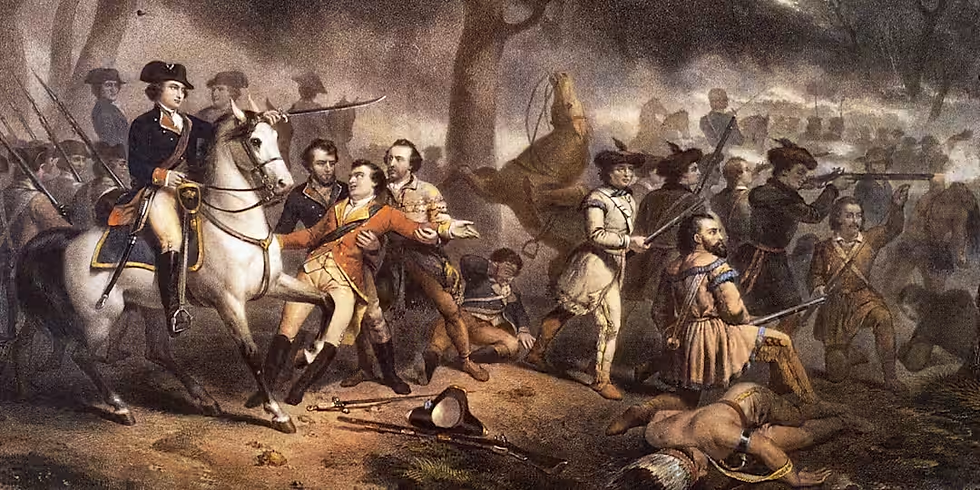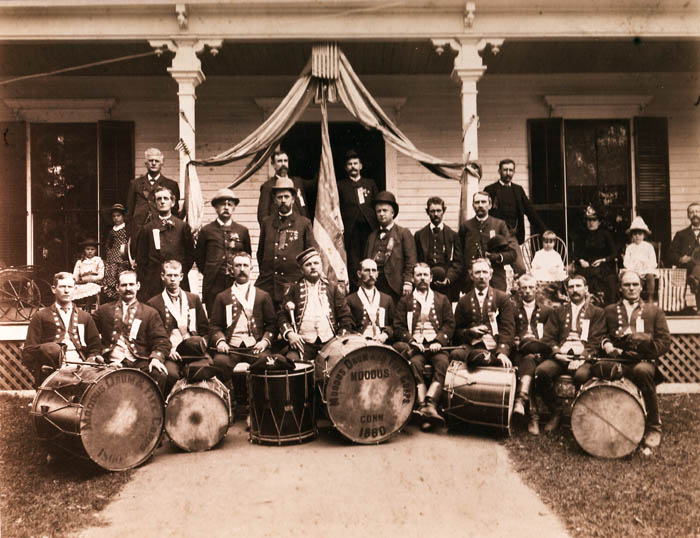The Horse-Drawn Hearse at the Old Meeting House Museum
- David Bourcier
- Nov 4
- 3 min read
Updated: Dec 11
The horse-drawn hearse on display at the Old Meeting House Museum in Wilbraham is a fine example of a rural two-horse-drawn hearse manufactured around the 1870s, believed to have been built by the George L. Brownell Company of New Bedford, Massachusetts. George L. Brownell was a renowned carriage maker throughout the mid-19th century, known for crafting elegant and durable hearses that were sold across New England and even shipped abroad. His business thrived until the arrival of the automobile brought an end to the era of horse-drawn vehicles.

While this particular hearse is not the original one used in Wilbraham, it closely resembles what would have served the town. Unfortunately, no records exist regarding the fate of Wilbraham’s original hearse. It was likely repurposed after its service life, perhaps modified for use on a local farm, as was common in rural communities.
The museum’s hearse was originally shipped to the Midwest, where it served rural areas with sandy and dirt roads from the 1870s until the mid-1920s, when motorized hearses became widely available. Because it operated in rural terrain rather than on paved city streets, this model features wider wheels designed for softer ground, unlike the narrower wheels of urban hearses built for cobblestone or brick roads.
The glass windows in the coach are believed to be original. The interior curtains and finial fringe, however, have been carefully restored to match period examples. Inside the carriage rests a wicker body basket, which was historically used to remove the deceased shortly after death, before being placed in a coffin for transport to the cemetery.
Before the advent of funeral homes, wakes were commonly held in the home of the deceased. The body was then conveyed by hearse to the cemetery for burial, often followed by a memorial service at the local church.
This hearse is housed in the town’s original Hearse House, a small structure built in the 1830s that once stood in Adams Cemetery at the southeast corner of the original burial yard on Tinkham Road. Around 1871, it was relocated to the Chauncey Peck Carriage and Blacksmith Shop at 380 Main Street, where it was used for lumber storage and possibly still for the town’s hearse, though little documentation survives from that period.

The word hearse originates from the French herse, meaning “harrow,” a rake-like farm implement used to break up soil. In medieval times, herce also described a triangular frame for holding candles. The term gradually evolved to mean a decorative framework placed over a coffin or tomb, then a platform for the deceased, and eventually the vehicle used to transport the coffin itself.
Before horse-drawn hearses became common, the dead were carried on a bier, a simple hand-carried frame or stretcher on which a shrouded body or coffin was borne to the grave by mourners. Mentioned in the Bible and used since ancient times, early biers had no sides or wheels, though later versions added wheels for easier movement.
By the 1600s, horse-drawn biers replaced hand-carried ones, and the term hearse came to refer specifically to these funeral carriages. Throughout the 19th century, hearses evolved from simple wagons into ornate wooden coaches, often carved from mahogany, fitted with glass windows, and illuminated by lanterns. In 1850, Crane, Breed & Company of Cincinnati began manufacturing metal caskets and hearses, ushering in an era of more elaborate designs. Some large cities, including Chicago and Baltimore, even introduced “tram hearses”, railway cars that transported both caskets and mourners to cemeteries.
By the early 20th century, the age of the horse-drawn hearse drew to a close, replaced by motorized vehicles that marked a new chapter in the history of funeral traditions.




Comments